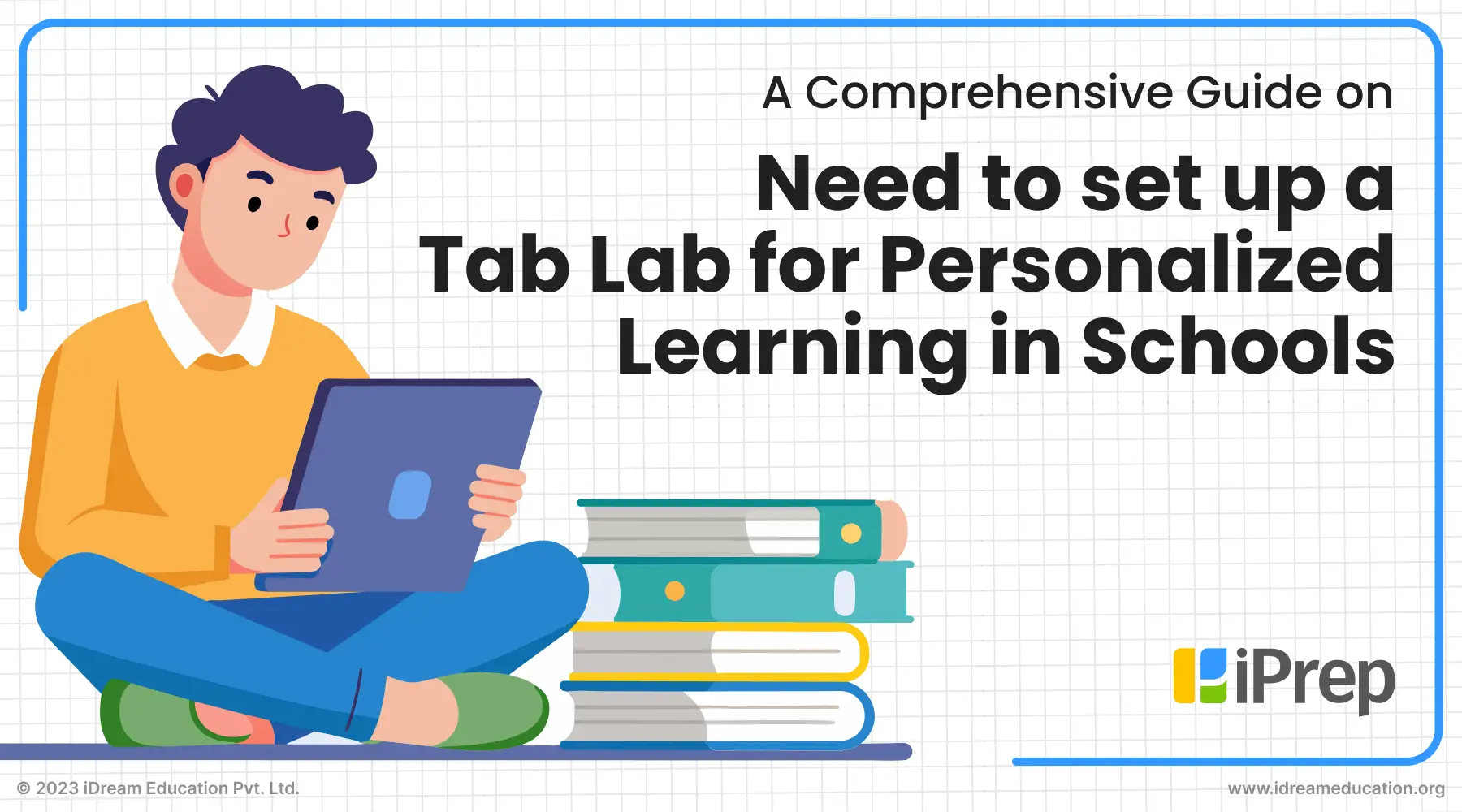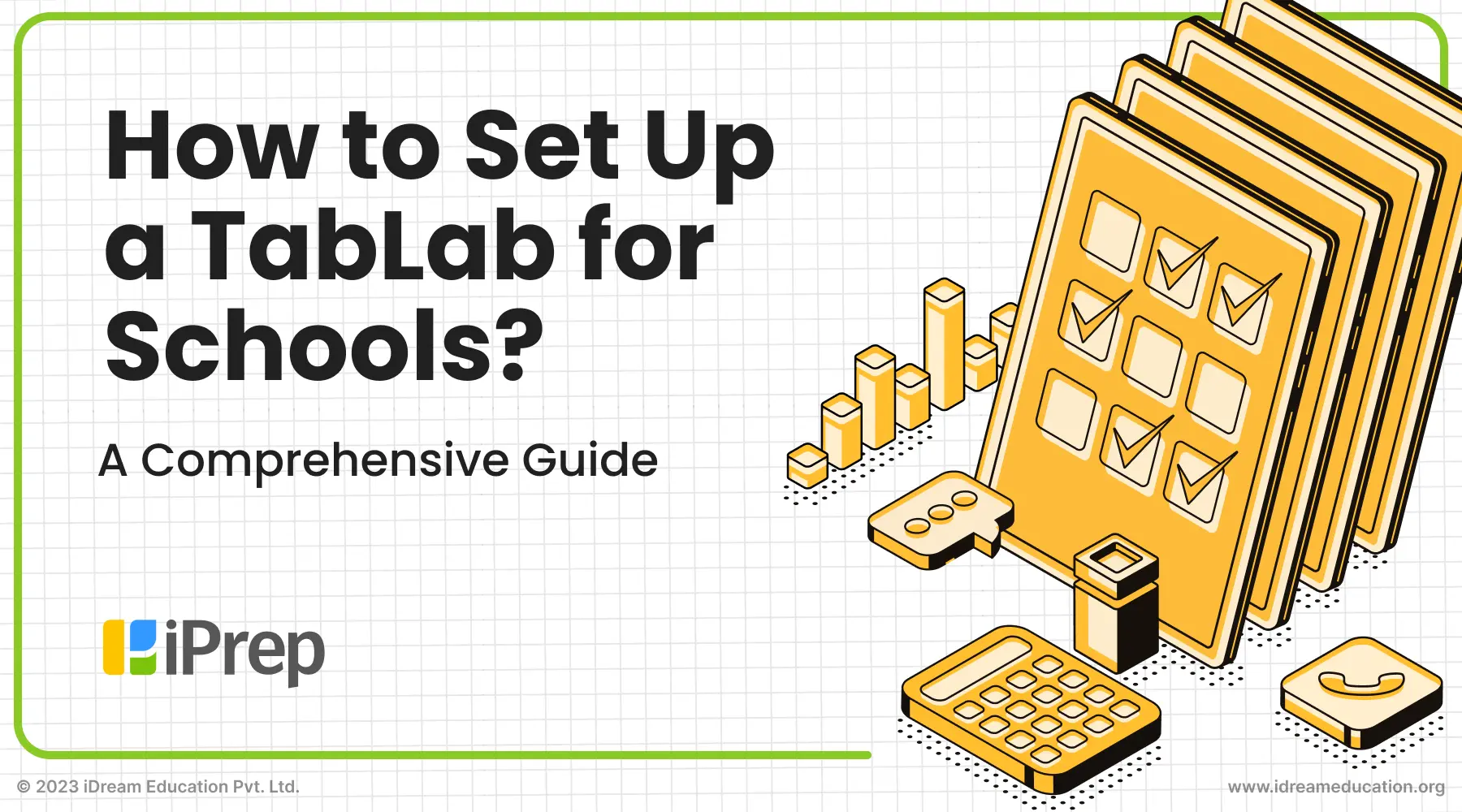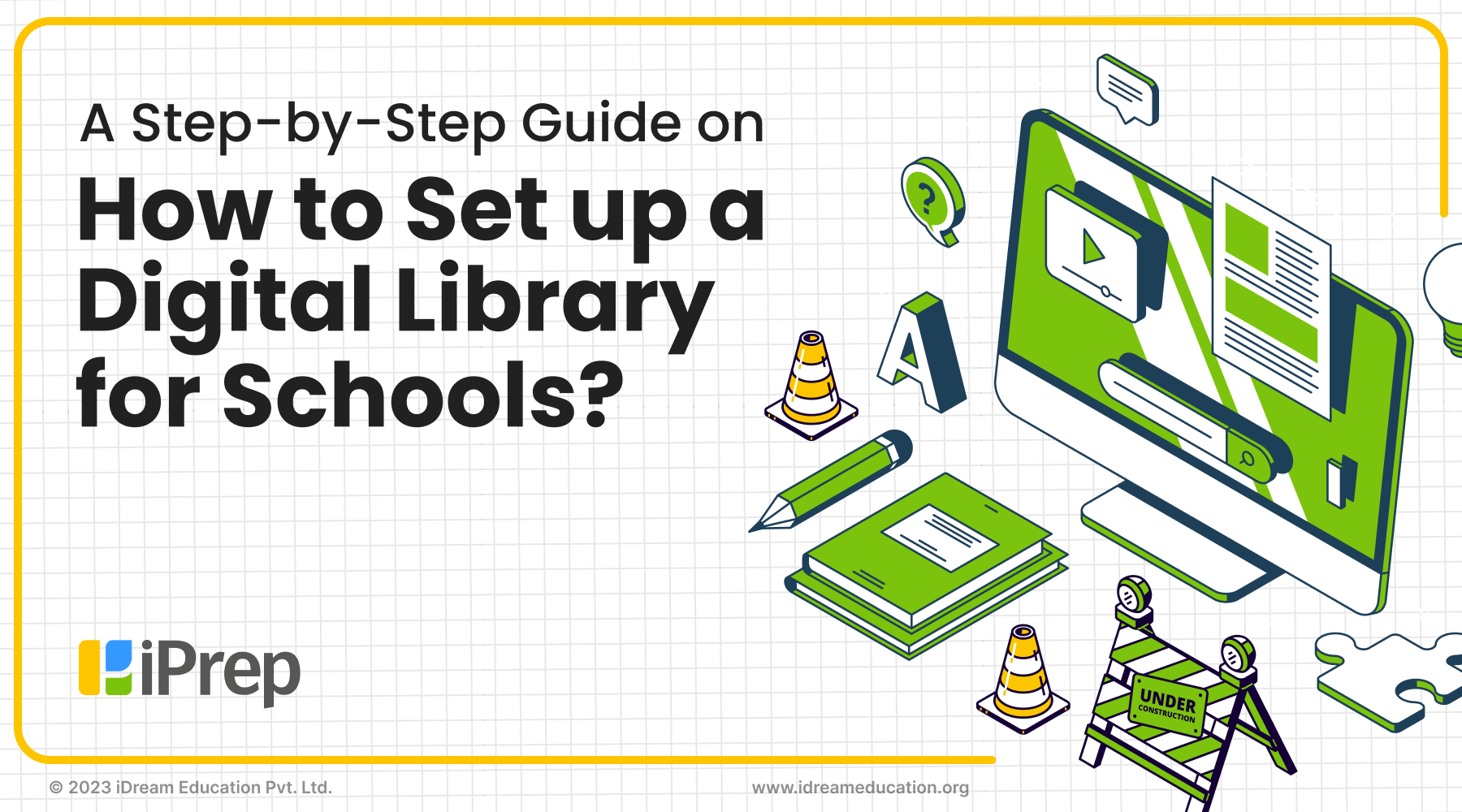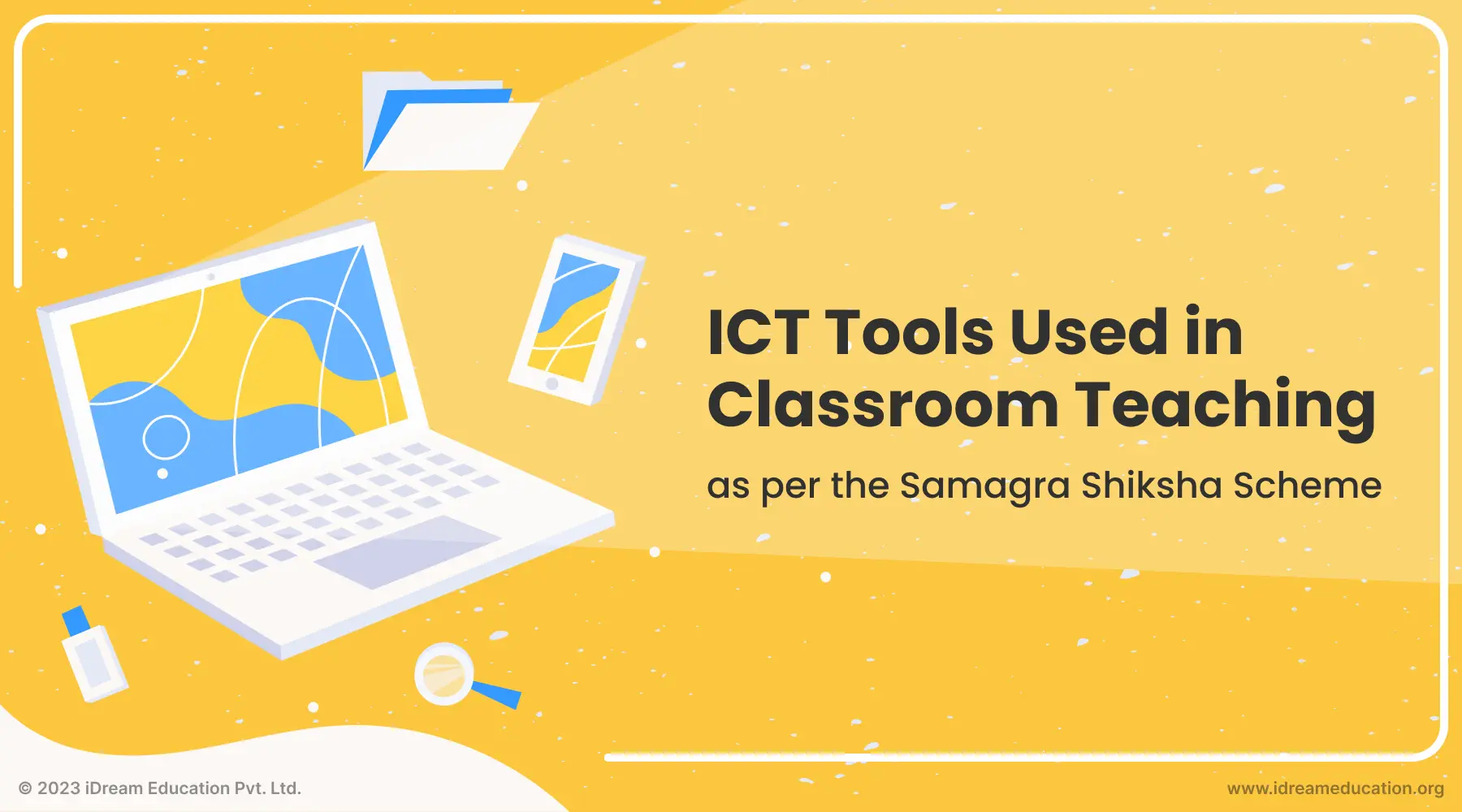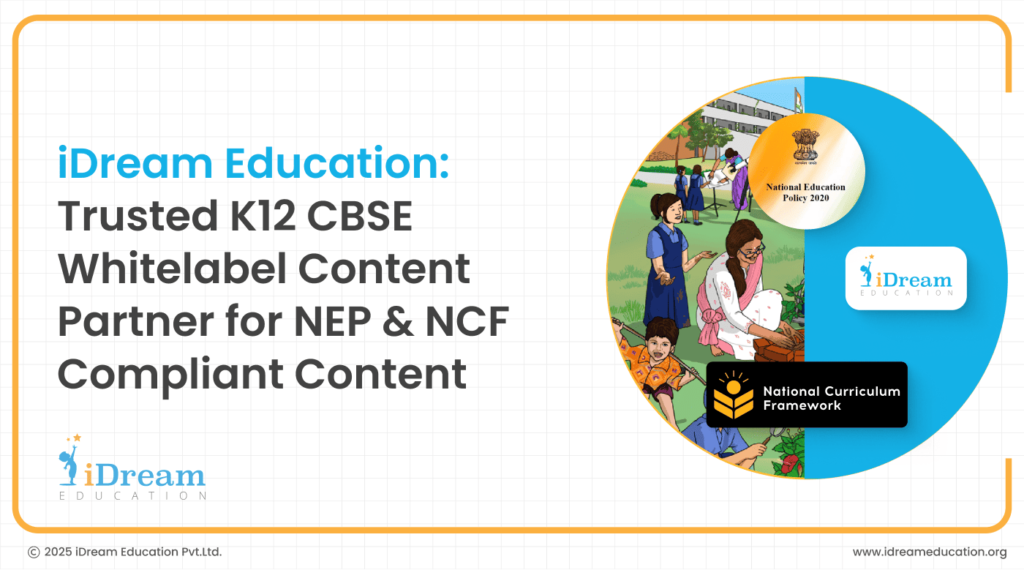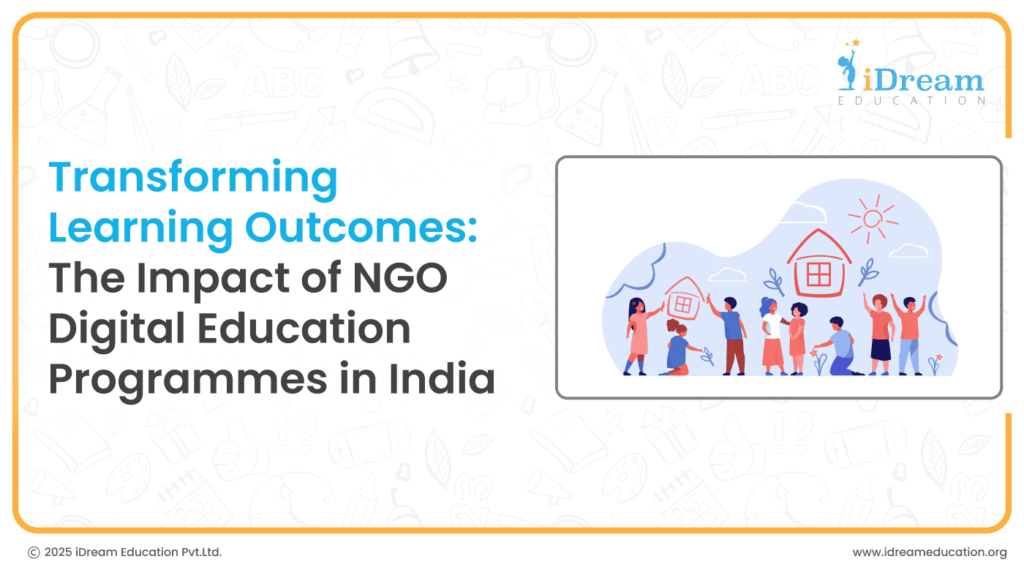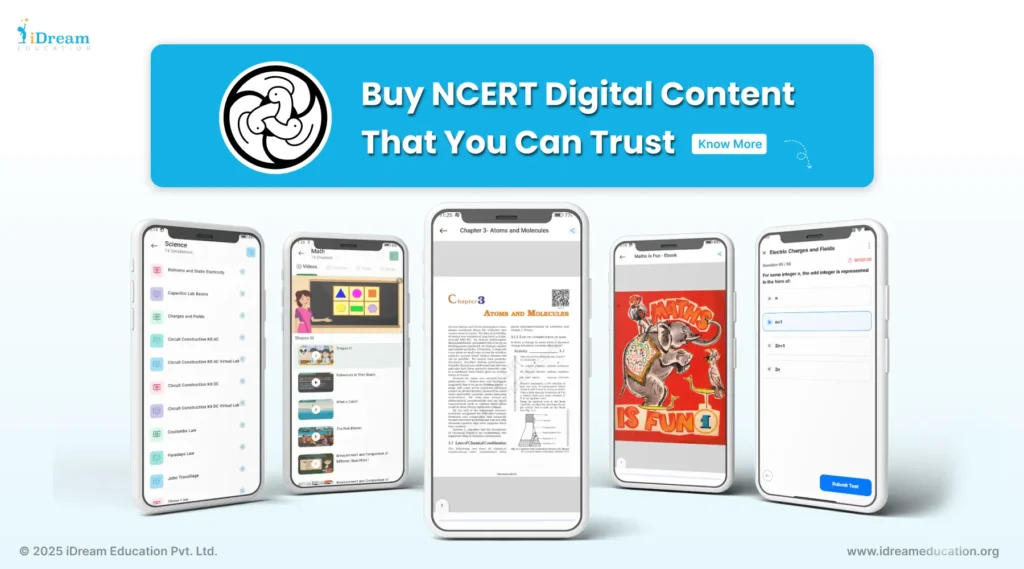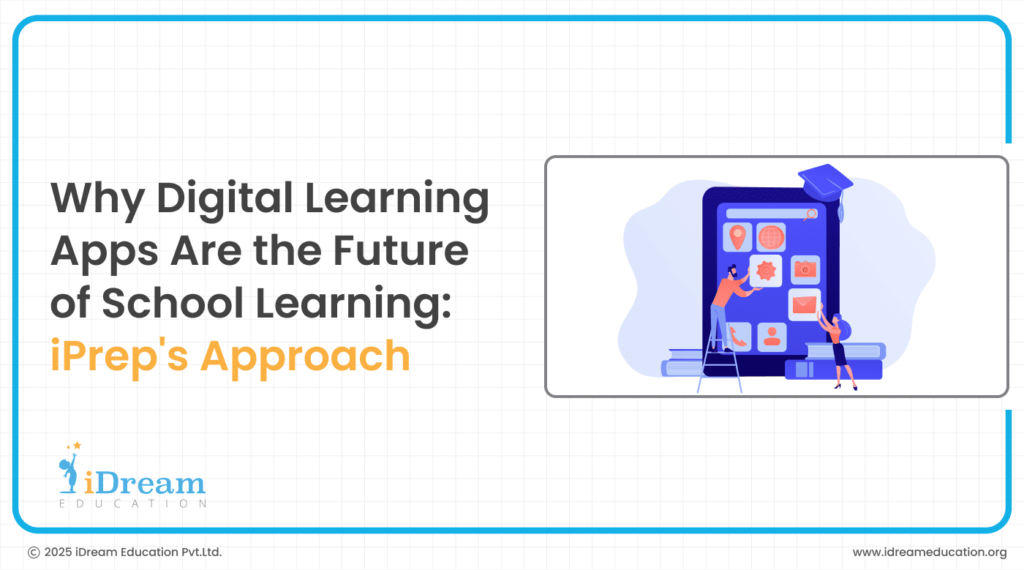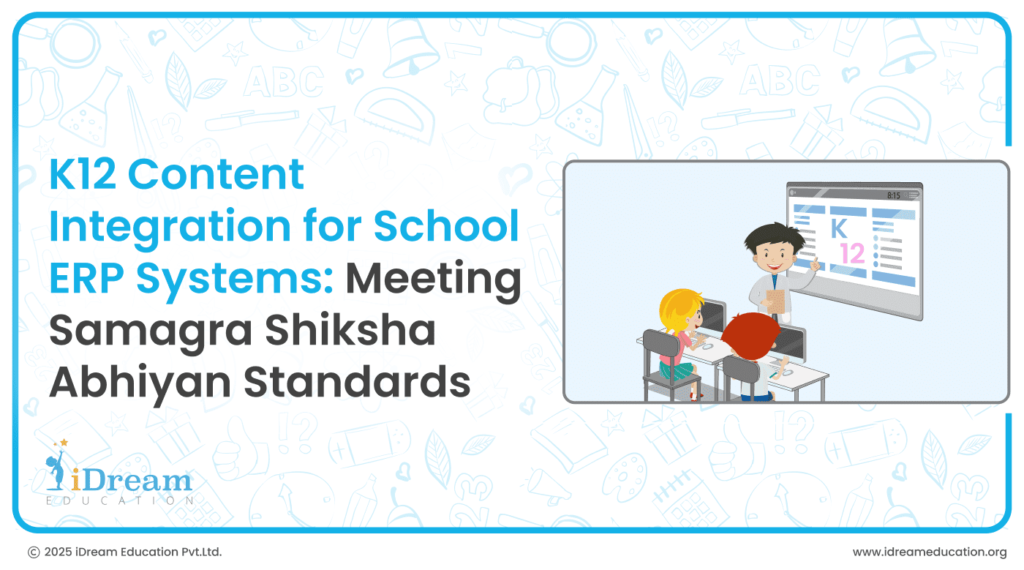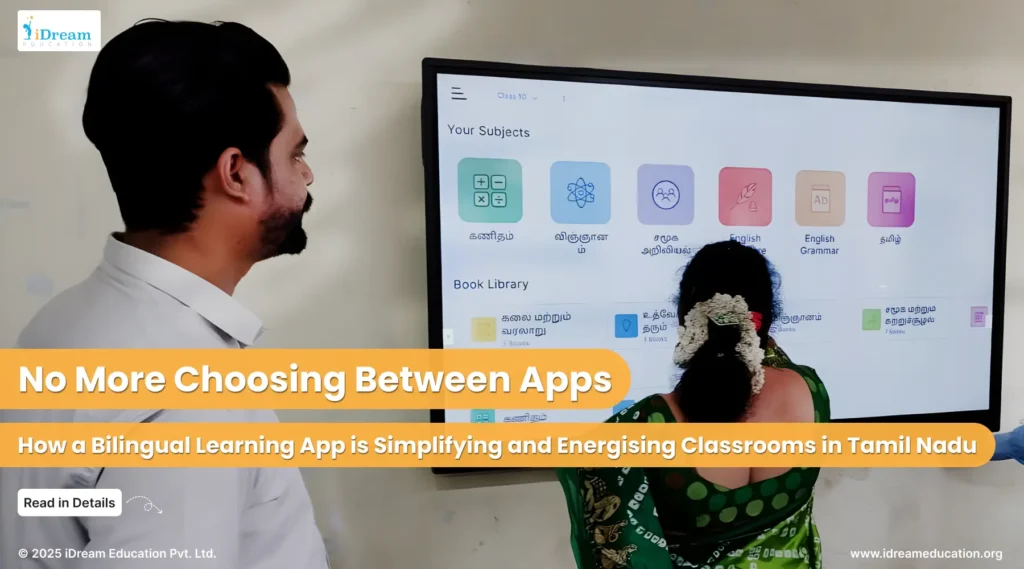When your 2 year old kid takes out an egg from the refrigerator and starts throwing it up in the air, what’s your first reaction?
“Stooooop iiiiiittt, this would break!”
Have you ever considered that this could also be an experiment in Physics and can lead to an understanding of material strength. How often do you let your kid continue with the experiment and find on their own, the science in everyday life?
Niel deGrasse Tyson, a renowned Cosmologist says that children are born scientists. He shares many more such interesting examples in this very short 2.36 min video. Do watch it here:
This would give you a new perspective on how to look at your kid as he/she goes around in the house fidgeting with and breaking things.
Childhood is the most inquisitive age. As children grow, they observe new things and their inquisitive mind keeps asking questions.
But are we answering enough? Does our education ecosystem allows children the space and freedom to ask questions and therefore be curious always?
And what about our children in rural areas and those going to government schools? Do they have the same level of curiosity as children in urban schools?
Of course they do.
In urban centres, children could have access to a science lab, an individual STEM kit, possibly a tablet at home with a simulation app.
Learning by Doing
In government schools, however, the resources may be few but in children, the inquisitiveness to experiment and learn is in plenty. How do we then bridge this gap?
And remember that when we are thinking of solving a problem for government schools, we have to consider 2 factors – scalability and affordability. Else, it just does not work.
At iDream Education, figuring out the right content structure has been a journey for us. But, over the years we have established 2 core fundamentals to content:
- It should be in local language
- We must have multiple categories of content on a single dashboard
Combine the above with our quest to find a solution that keeps the flame of curiosity alive in children, we integrate what we call “Experiment and Project Videos”. We deliver these via our digital learning platform on low cost digital devices – tablets and mobile.
These experiment and project videos are very easy do-it-yourself activity videos. These enable teachers and students to build models and toys in classrooms using materials easily available in their school.
They work on the philosophy of “Learning by Doing”. So, if you are learning about Wind Energy, there would be an associated activity on designing a windmill using basic items available in school or at home.
What is the impact of Learning by Doing?
For the first time, these children are getting access to play way form of learning in their own hands and in the language that they understand best in their mother tongue.
And playing comes naturally to every child. When children are therefore doing an activity or building a toy from watching such videos, it naturally aligns with their psychology. They start enjoying this. Learning becomes a fun process.
And that is exactly where as an educator, you have your win.
You have used technology and built an ecosystem which proactively excites a child to learn.
These activity videos satisfy the hunger in young minds to experiment, to play and to explore. What happens in the end is pure magic. This is the bridge between theoretical education and life connected learning for growth.
Watch this video of a young boy from a govt school in Maharashtra happily showing his creation. He learnt to make this from the educational tablet which his school provided.
Have you also been doing or know of experiments which nurture scientific curiosity in young minds? Please share with us. We would love to know, learn, collaborate and evolve.
PS: Going back to our egg experiment, what is equally important is that we should ensure the child happily takes the responsibility of cleaning up the mess that such experiment creates. And as guardians, we can help them do that. So, that when the egg falls and breaks, the child is oriented to clean it up.
Download Now – iPrep – Learning App for 1 -12
Watch Now – Best learning videos for 1st to 12th class
Follow Our Social Media Channel
Facebook – https://www.facebook.com/idreameducation
Instagram – https://www.instagram.com/idreameducation/






